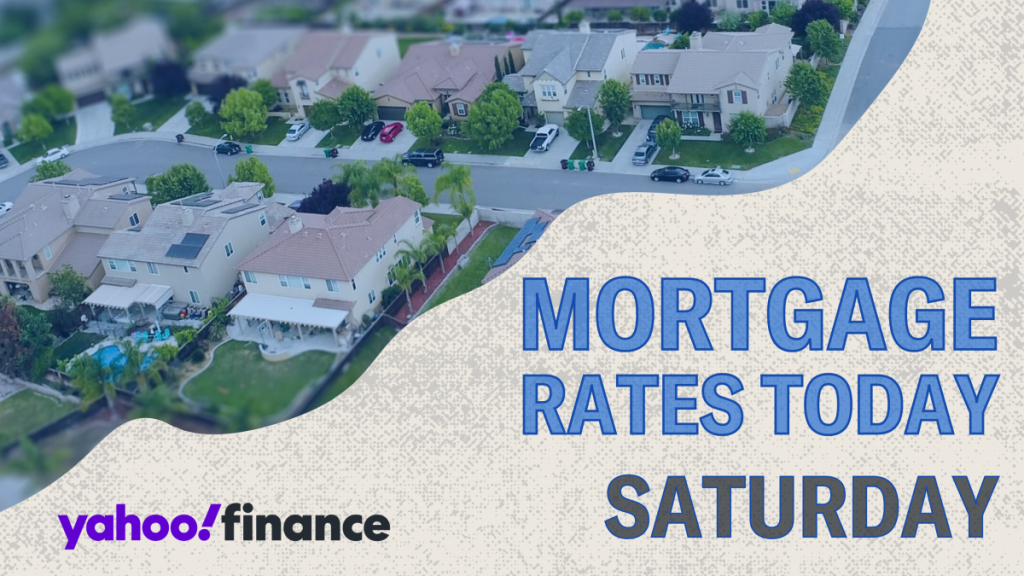Mortgage rates have seen a slight increase today, and this change is likely tied to the recent positive labor data released by the U.S. Bureau of Labor Statistics. According to Zillow, the 30-year fixed mortgage rate is now at 6.57%, up three basis points, while the 15-year fixed rate has risen four basis points to 5.88%. These increases are modest but reflect the broader economic trends, as mortgage rates often rise when the economy is performing well. For example, the January jobs report showed a decline in the unemployment rate to its lowest level in eight months, signaling a strong labor market. This kind of data can influence mortgage rates, as a robust economy often leads to higher interest rates.
The current mortgage rates vary depending on the type of loan and its terms. For homebuyers, the 30-year fixed-rate mortgage is the most popular option, offering predictable monthly payments over the life of the loan. With a rate of 6.57%, it provides stability, though it comes with higher interest costs over time compared to shorter-term loans. The 15-year fixed-rate mortgage, at 5.88%, offers a lower interest rate but requires higher monthly payments since the repayment period is shorter. Adjustable-rate mortgages (ARMs), such as the 5/1 ARM at 6.87%, have an initial fixed-rate period followed by periodic adjustments. While the introductory rate can be lower than fixed-rate loans, there’s a risk of higher rates in the future, making them more suitable for those who plan to sell or refinance before the rate adjusts.
For those considering refinancing, the rates are slightly higher than those for new purchases. For instance, the 30-year fixed refinance rate is 6.58%, while the 15-year fixed refinance rate is 5.92%. Refinancing can be a way to secure better terms, such as lowering monthly payments or switching from an ARM to a fixed-rate loan. However, it’s important to weigh the costs of refinancing against the potential savings. Homeowners can also explore options like FHA or VA loans, which may offer more favorable rates and terms, especially for those who qualify due to military service or other factors.
Understanding your personal financial situation and how it aligns with mortgage options is crucial. Tools like mortgage calculators can help estimate monthly payments based on factors such as the home price, down payment, and interest rate. These calculators often include additional costs like property taxes, homeowners insurance, and private mortgage insurance (PMI), providing a more accurate picture of what to expect. While national averages are a helpful starting point, actual rates and terms can vary based on location, credit score, and debt-to-income ratio. Improving your credit score and reducing debt can lead to better loan offers, so it’s worth considering these steps before applying for a mortgage.
When deciding whether to buy a house now or wait, it’s important to consider both market conditions and personal circumstances. While mortgage rates are not expected to drop significantly in the near future, they have been relatively stable in recent weeks. Home prices have also stabilized compared to the rapid increases seen during the COVID-19 pandemic, making now a relatively good time to purchase for those who are ready. However, timing the real estate market is challenging, and the best time to buy is ultimately when it aligns with your financial and life goals. Whether you’re a first-time buyer or a seasoned homeowner, it’s essential to evaluate your needs and budget carefully.
In conclusion, today’s mortgage rates reflect a strong economy and labor market, with slight increases across various loan types. Homebuyers and refinancers should carefully compare the pros and cons of different mortgage options to find the best fit for their financial situation. Tools like mortgage calculators and personalized rate estimates can provide valuable insights, while improving your credit and reducing debt can help secure better loan terms. Whether you’re looking to purchase or refinance, now can be a good time to act, as rates are not expected to decline significantly soon. Ultimately, understanding the market and your own needs is key to making an informed decision.
